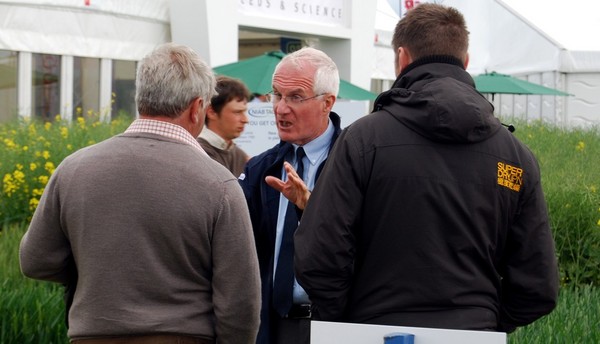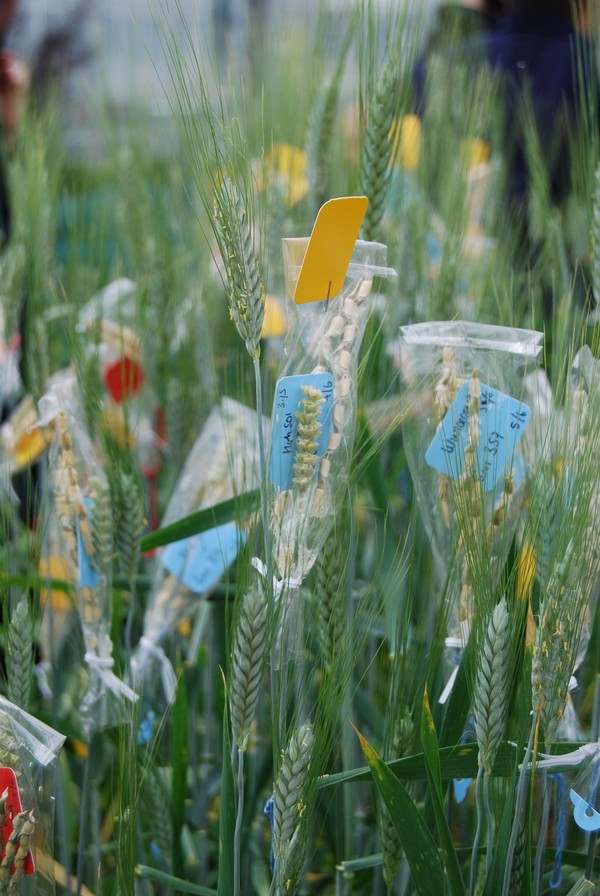‘What’s new’ is a question frequently asked by farmers, advisers and the press at field events. I was certainly asked it several times last week at the Cereals Event. The inevitability of being asked the question means I should really have a prepared response; I never have.

The technical nature of the industry means that everyone wants to be up to date. This is understandable but I think the real question being asked is ‘is there a miracle product or technique around the corner that will really lift productivity’? In the late 1970s and early 1980s the answer to that question was affirmative. We were being swamped with new approaches and products and the Cereals Event was established to showcase them.
So what should have been the answer to the question last week? Much of the ‘new’ introductions or initiatives are very much re-packaging current knowledge or pesticides. This gives the impression that the industry is furiously paddling away just to stand still.
It is my firm belief that the only way for real change is to look for step changes in plant breeding. One approach is GM and the Cereals Event has a history on this. Just over a decade ago, a demonstration plot of GM sugar beet was pulled up by those whose perverted sense of democracy is the right to destroy anything with which they disagree. It now seems that the politicians are realising that the spurious slurs on GM are totally unfounded and so I hope that in the near future we will begin to see GM introductions being displayed at Cereals. That would really be a new technology of promise to discuss.
However, other things are happening on the wheat breeding front. The synthetic wheats on our NIAB TAG stand seem to have promise, with yields in some trials being significantly above expectations. Of course, anti-technologists see a threat in synthetic wheats. This is really a comment on their lack of understanding rather than an indication of any real concern. I think some are linking synthetic wheats to GM which is a testament to a lack of understanding.
Synthetic wheats are the result of reproducing the chance crossing between wild grasses 10,000 years ago that
I know I’m being a bit parochial by mentioning something on our own stand. However, it serves as an example of the ‘out of the box’ thinking that is required to take a real step forward rather than just ‘re-arranging the deck chairs’. Let us hope the anti-technologists, when they realise that synthetic wheat is reproducing a crossing that occurred in nature, will not sink their teeth into this research. I say this because we have all but exhausted the potential from pesticides. There may be some progress in yields from providing more accurate estimates of the nitrogen requirements of crops. There is also steady improvement in yield potential from plant breeding. However, it is the ‘out of the box’ technologies that are required for the industry to become significantly more productive in the future.
